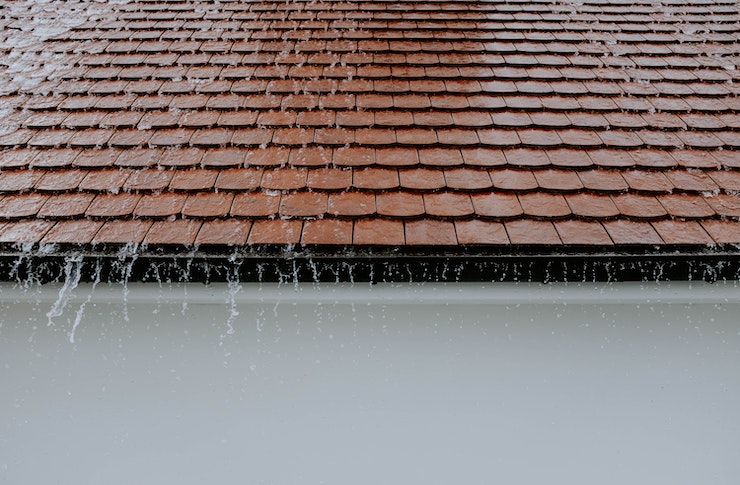Rain Gutter Guide: Protect Your House, Roof, and Home
A properly designed rain gutter system is one of the simplest, most effective protections you can add to a house or building. Gutters channel rainwater away from the roof, walls, foundation, and landscaping, reducing erosion, staining, and water intrusion. Whether you own a single-family home or manage a larger building, understanding how gutters work, what materials and types are available, and how to maintain them helps preserve property value and avoid costly repairs.

How do gutters benefit a house?
Gutters protect a house by collecting roof runoff and directing it safely away from the foundation and landscaping. Without gutters, water can saturate soil next to the foundation, causing cracking, basement leaks, and soil erosion. Gutters also prevent streaking and damage to exterior siding and trim, and reduce the risk of ice buildup along roof edges in colder climates. Regularly maintained gutters extend the life of exterior finishes and limit moisture-related problems that affect both structure and curb appeal.
What types of gutters are available?
There are two common system styles: sectional and seamless. Sectional gutters come in pre-cut lengths joined at seams and are often DIY-friendly. Seamless gutters are custom-extruded to fit a roofline, reducing leak points and typically requiring professional installation. Materials include aluminum, vinyl, galvanized or stainless steel, and copper. Each material has trade-offs in cost, appearance, durability, and corrosion resistance, so choose based on climate, budget, and the desired lifespan for your project.
How do gutters protect your home year-round?
Gutters protect your home by controlling water flow during rain and thaw cycles. They limit soil erosion around planting beds and prevent splashback that stains siding or encourages rot. In winter, well-designed gutters help manage melting snow—though preventing ice dams mainly depends on proper attic insulation and ventilation. Routine maintenance, such as clearing debris and ensuring downspouts flow freely, keeps gutters functioning through seasons and reduces the likelihood of water entering basements or compromising exterior finishes.
Choosing gutters for your building
Selecting gutters for a building depends on roof area, rainfall intensity, and architecture. Larger roofs and steep pitches produce more runoff and may require wider gutters or additional downspouts to handle volume. For multi-story buildings, place downspouts strategically so water is discharged safely without affecting walkways or landscaping. Consider heavier-gauge materials or additional bracketing in areas with snow loads or high winds. A professional assessment can provide accurate sizing and placement recommendations tailored to local weather and building codes.
How should gutters connect to your roof?
Proper connection to the roof ensures gutters capture water efficiently. The gutter should be installed with a slight slope—commonly around 1/4 inch per 10 feet—toward each downspout so water drains rather than pools. Flashing or drip edges at the roofline help direct runoff into the gutter and protect roof decking and fascia from moisture. Downspouts need secure connections and should discharge at a safe distance from the foundation; extensions or underground drainage can move water farther away when surface discharge isn’t practical.
Conclusion
A rain gutter system is a practical investment that preserves roofing, siding, landscaping, and foundation integrity. Choosing the right type and material, installing with the appropriate pitch and downspout placement, and staying on top of seasonal maintenance are key to long-term performance. Whether upgrading an older home’s clogged sections or specifying gutters for a new building, informed choices reduce water-related damage and help protect the structure for years to come.






